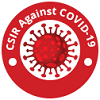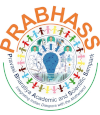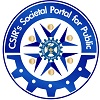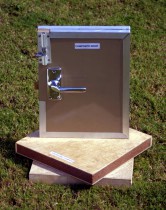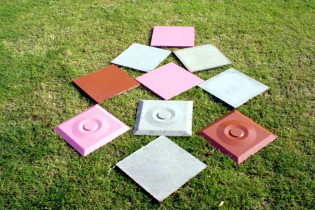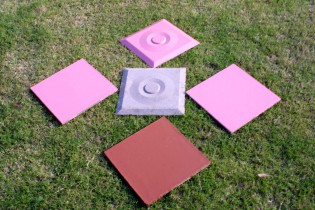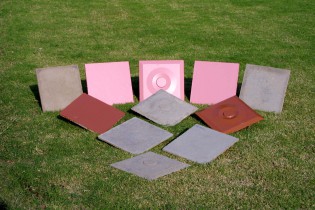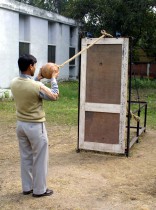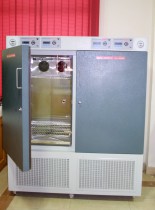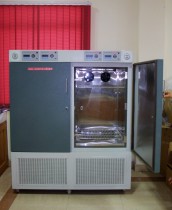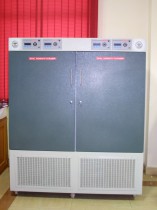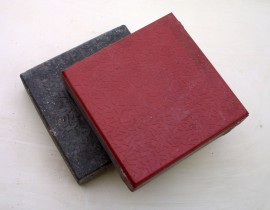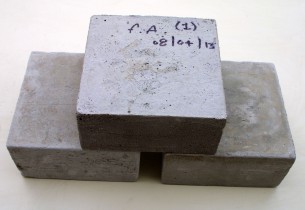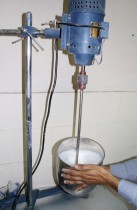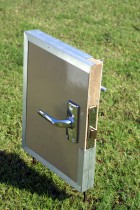
Organic Building Materials Division was established in 1989 with the responsibilities of generating, cultivating and promoting the latest developments through research and developments in the field of alternative sustainable building materials and composites for building applications using agro-industrial wastes, protective and decorative coatings, sealants, roofing materials etc. It is also putting its endeavor in the enhancement of interaction with building and construction industry for variety of activities on different organic building products. The Division has adequate expertise along with state-of-art infrastructuree for undertaking research and development programs on its own as well as on sponsorship basis in all the related areas of work. The Division is also working in the development of materials and techniques needed for the repair, retrofitting and protection of structures.
R&D Areas
- Alternatives to wood and to other building products and process development.
- Value added products and process development
- Recycling of plastic waste for building applications through through value added products development
- Agro-industrial waste utilization
- Protective and decorative coatings and finishes
- Sealants, adhesives and water proofing systems for building applications
- Health assessment of existing structures and preventive measures for service life enhancement.
- Suitability assessment of materials for specific end applications
- Performance evaluation of alternative and conventional building materials for quality control and improvements
Achievements
(PRODUCTS & COMPONENTS)
- EPS door shutters – 100% wood replacement
- Coir-CNSL Board – a wood alternative (Patent no. 186986) – supported by TIFAC, DST, New Delhi
- Rigid PVC foamed and un-foamed boards (waste utilization) – supported by BMTPC, New Delhi
- Low density board using paper industry waste (patent no. 190173)
- Arhar stalk – cement boards and panels (Agro-waste utilization) – supported by Ministry of Agriculture, New Delhi
- Bagasse – cement boards and panels
- Polytiles and polymer modified cementitious (Polycem) flooring tiles
- Light weight sandwich panels using paper industry waste
- Acrylic based coating for concrete structures (commercialized)
INFRASTRUCTURE
State-of-art infrastructure is available for carrying out all the developmental and support activities.
A few major of them are:
Equipment
- Corrosion cabinet
- Environment Chamber
- Computer controlled Universal Testing Machines of 2 & 100 ton capacities
- % of Closed cell determination apparatus
- Humidity Chamber
- Thermal conductivity, diffusivity and effusivity by NDT method
Process Equipment
- Single screw and laboratory extruders
- Hydraulic presses – hot & cold (15-1200 ton)
- Rotary high pressure digestor
- Ball mill
- Two roll hot mixer
- Resin – fiber mixer
- Injection molding machines etc.
- Mechanical Beater & De-pither
Capabilities
Large number of projects of the Division are sponsored by DST, NRDC, MBTPC, Min. of Environment & Forest, Min. of Agriculture, NCL Industries, The Supreme Industries Ltd., Bakelite-Hylam Ltd., Dr. Beck & Co., KRIBHCO, Zuari Agro, NFL, Sinter Plast, IJIRA, Uniplas, B.T. Composites, Everest-Eternit, Begussa India Pvt. Ltd., Wacker Metrork Chemical Ltd. etc.
The Division can undertake R&D, sponsored and consultancy projects in:
Development of:
- Alternative sustainable building materials
- Composites with natural and man-made fibers
- Agro-industrial waste utilization for value added building fibers
- Protective and decorative coatings
- Sealants and water proofing materials
- Alternative flooring and roofing materials
Supported Services for:
- Performance evaluation of alternative new conventional materials for physico-mechanical behaviour as per ISO, ASTM, BS and BIS standards
- Contract R&D projects
- Remedial measures for the repair, rehabilitation and protection of RCC and steel structures damaged by fertilizers, chemicals and marine environment or heat
- Quality control and suitability assessment of building materials for specific end applications
- Formulation of new standards for new materials
- Training of technical personnel



